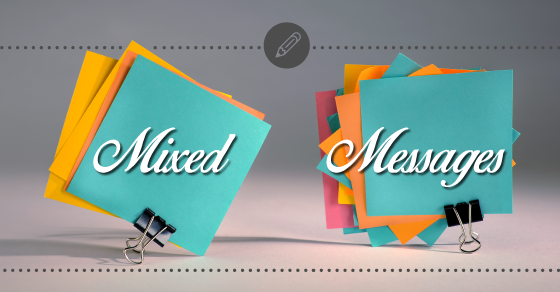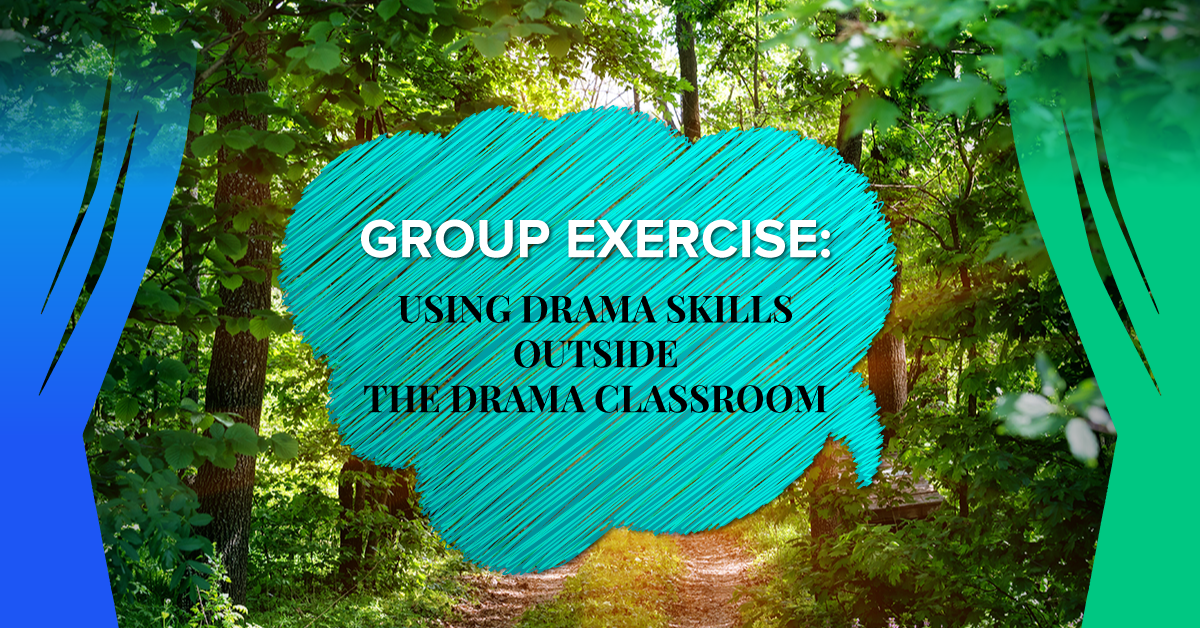Mixed Messages: Communication Exercise for Drama Students
A mixed message is when our words say one thing and our bodies/vocal tones say another.
(tight, deadpan voice) I love you.
Good communication is all about being clear across the board. Use this exercise to explore the concept of mixed messages and what they communicate. Sometimes we want a character to present a mixed message!
Instruction:
1. Start the exercise with a discussion. What is a mixed message? What does it look like and sound like? Give this definition: Mixed messages say one thing with the body and another thing with the voice.
2. Have your students ever been on the receiving end of a mixed message? It would help the discussion if you could provide an example of your own. Has anyone given a mixed message but was surprised to find out? How did the message come across? What is it like to receive a mixed message?
3. Model an example of playing a mixed message. Start talking about a presentation that you have to give. Use confident words. So I have to give this presentation and I’m totally prepared for it. I can’t wait to get in front of the class and share my information. I’ve got this. Contrast these confident words with an insecure tone. Hum and haw. Sound nervous. Sound unsure. After you present this, ask students about what they heard. Did they believe your words? Why or why not? Get them to be specific about their doubts to your sincerity. Highlight the contrast. The message is confusing because the words say one thing and the vocal tone says another.
4. Use the same example and use a physical contrast. Contrast the confident words with a physical insecurity and anxiety: pace, run your fingers through your hair, hold your arms across your chest. Be physically anxious. After you present this, ask students about what they saw. Did they believe your words? Why or why not?
5. Now students are going to try this for themselves. Get everyone up and in partners. Tell students to decide who is Partner A and who is Partner B.
6. Instruct the pairs that they are going to start a scene. Everyone will go at the same time. Partner A will start the scene with the line. “Hey! It’s great to see you.” Coach them to be sincere with their vocal tone and their physical body. They are indeed happy to see the other person. Let this run for about a minute and bring everyone to neutral.
7. Instruct the pairs that they are going to switch. Now Partner B is going to start the scene with the line “Hey! It’s great to see you.” This time, Partner B is going to send a mixed message. Ask students to decide on their mixed message: if the words are positive, something has to be negative. They can choose a vocal contrast. They can choose a physical contrast. Have them do the scene for a minute.
8. Afterwards, discuss the exercise. How did it feel to be on the receiving end of a mixed message? Was it frustrating? Why or why not? How did it change the scene? What was being communicated?
9. Ask students to think about how presenting a mixed message might be useful in a theatrical context. What would it be like to be a character who delivers mixed messages? Can they think of a character in a play they’ve studied who presents mixed messages?
10. Reflection: Have students reflect on mixed messages. Get them to describe the concept in their own words. How do mixed messages affect communication? How can they use mixed messages in their future acting work?



